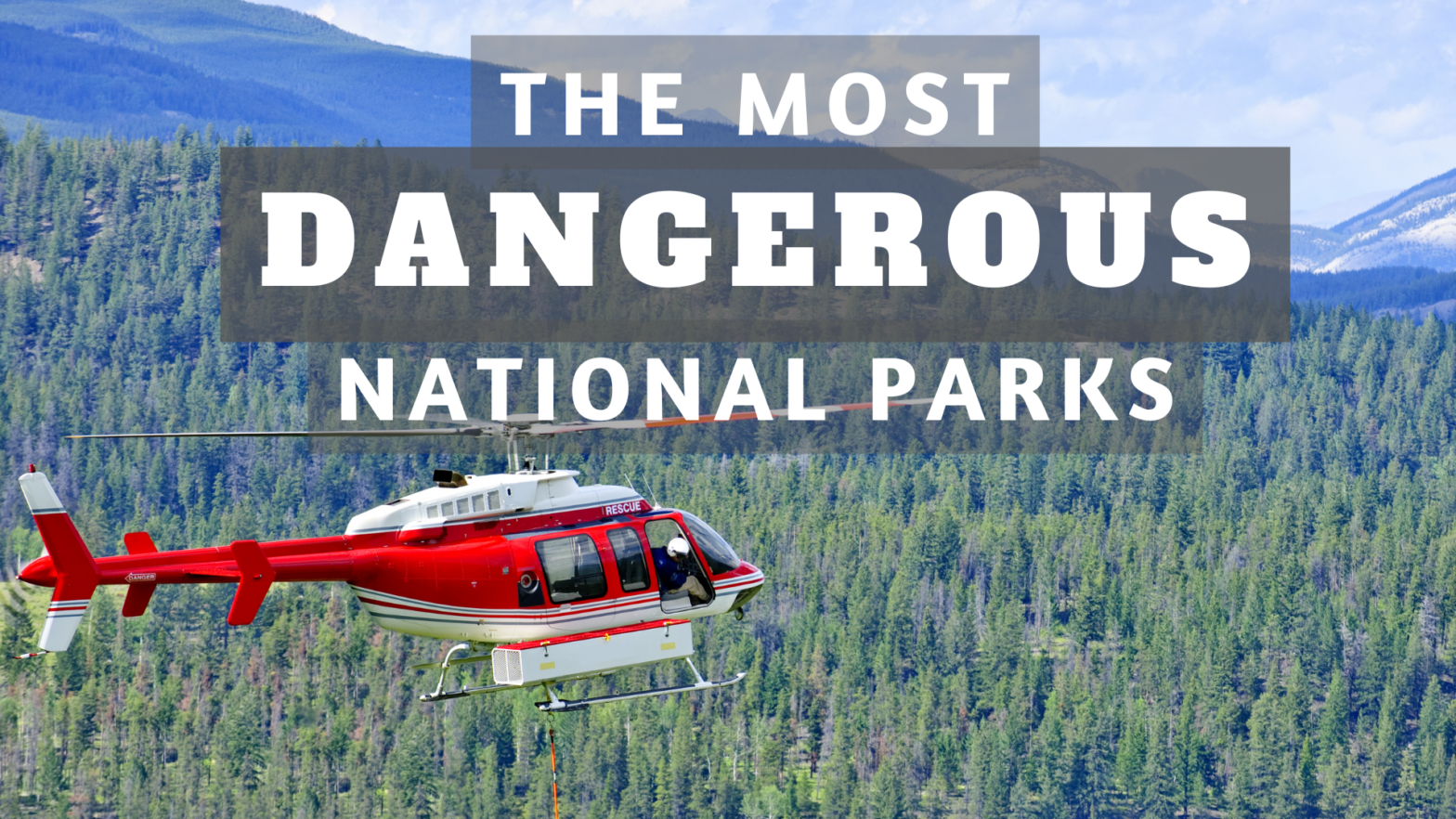For many people, a trip to one of the numerous national parks in the United States is an opportunity to break away from everyday life and explore the outdoors. Unfortunately, for some, their visit ends in tragedy due to a lack of proper preparation. We have put together a list of the most dangerous national parks in the United States.
Since 2010, over a thousand individuals have lost their lives while visiting U.S. National Parks. It’s not surprising that the parks with the highest number of visitors also have the highest number of fatalities.
Safety Tips for Visiting the Most Dangerous National Parks

When visiting any park, it’s crucial to be aware of potential dangers. Research the park’s terrain, weather conditions and potential hazards before your visit. During your visit, do not venture off marked trails; there is nothing “uncovered” for you to discover.
No matter what, you can’t be over-prepared. Carry as many essential supplies as you can: water, food, map, first-aid kit and spare clothing. Lastly, familiarize yourself with the park rules and check for park alerts and updates. Once all of these precautions are taken care of, you’re ready for an exciting adventure with breathtaking views.
Grand Canyon National Park
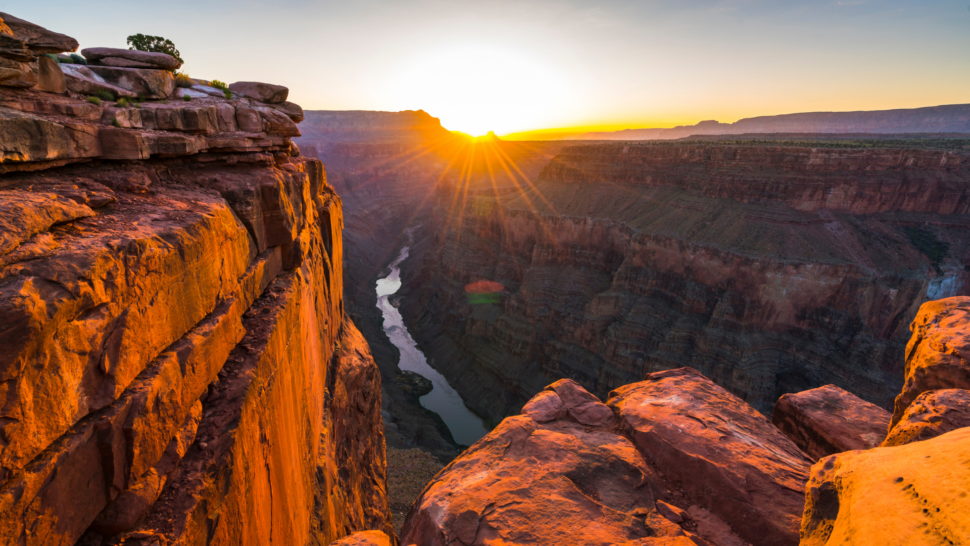
Stretching over 277 miles in length, up to 18 miles in width and plunging over a mile deep, the Grand Canyon draws in millions of tourists annually, offering a variety of activities such as hiking, camping and rafting. If you’re fortunate, you may even catch a glimpse of diverse wildlife including bighorn sheep, elk, moose and coyotes.
The Grand Canyon is a world-famous natural wonder, but its steep cliffs and unpredictable weather conditions make it a high-risk destination. Visitors often encounter hazards such as falls from the canyon rim, heat-related illnesses and dehydration.
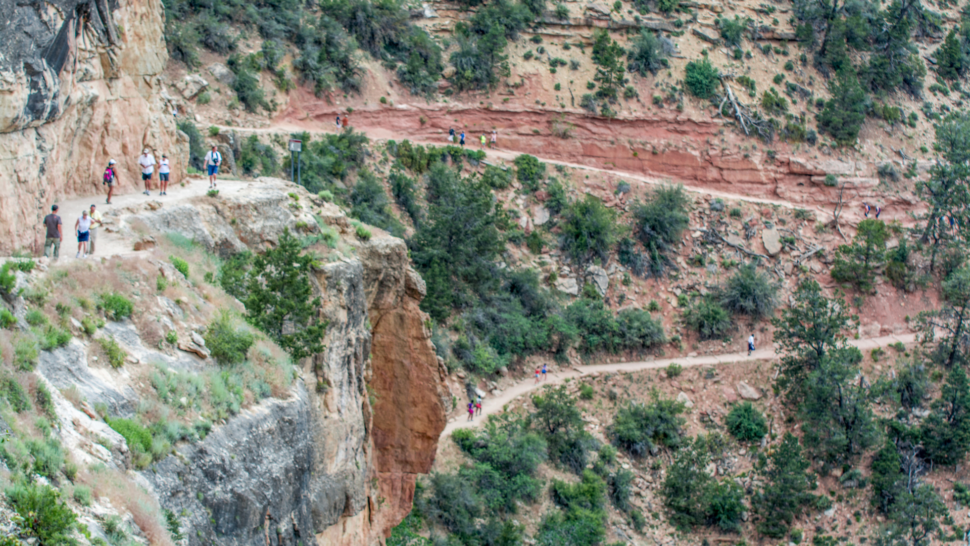
The area considered to be part of the most dangerous national parks is The Bright Angel Trail. It is a challenging and narrow pathway that leads hikers down to the base of the Grand Canyon. Spanning 10 miles, the trail descends over 4,000 feet along a rocky and narrow route. While it is feasible to hike the trail, many people opt to ride mules instead. However, it can be risky when hikers and mule trains encounter each other on the narrow trail.
The narrow path poses risks, but the real threat in the canyon is the extreme heat. During the day, the temperature can soar to 120 degrees. From 2011 to 2015, park rangers helped over 300 hikers annually, with a noticeable rise in incidents when the temperature exceeded 100 degrees. During the summer, rangers recommend beginning hikes before sunrise or after 4 p.m. to reduce the risk of exposure to dangerous temperatures.
Yosemite National Park
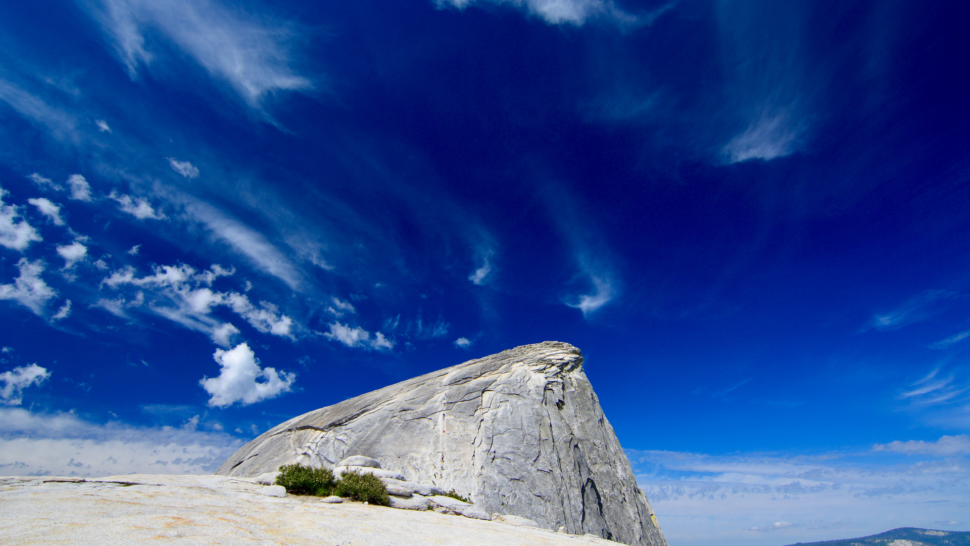
Nestled in the Sierra Nevada mountains of California, Yosemite National Park spans over 1,200 square miles of terrain, featuring breathtaking waterfalls, expansive meadows, picturesque valleys and impressive rock formations. With 126 fatalities in the past 10 years, 45 were due to falls. Popular areas like Taft Point, Nevada Fall and Half Dome have all experienced deaths in recent years, usually when individuals were attempting to take photos without fully understanding the risks of their environment.
When visiting Yosemite National Park, be extra cautious when going through the Half Dome. Not only can you encounter black bears, mountain lions and rattlesnakes, but you could get caught in a rock fall. Since 1857, over 1,000 rock falls have been recorded.
To help put a little ease on your travels to the most dangerous national parks, this one has its own search-and-rescue team that conducts about 250 operations annually.
Yellowstone National Park
Yellowstone National Park spans across Wyoming, Montana and Idaho, making it the first National Park in the world to cover such a large area of over 2.2 million acres. Famous for its geothermal wonders and diverse wildlife, Yellowstone offers unique exploration opportunities. However, encounters with bears and bison pose a significant threat, as well as the danger of accidentally falling into scalding hot springs.
The geothermal areas, particularly around hot springs like the Grand Prismatic Spring and Norris Geyser Basin, are considered the most dangerous. Yellowstone Lake, the largest high-elevation lake in North America, can be dangerous due to sudden storms and cold water temperatures.
Denali National Park
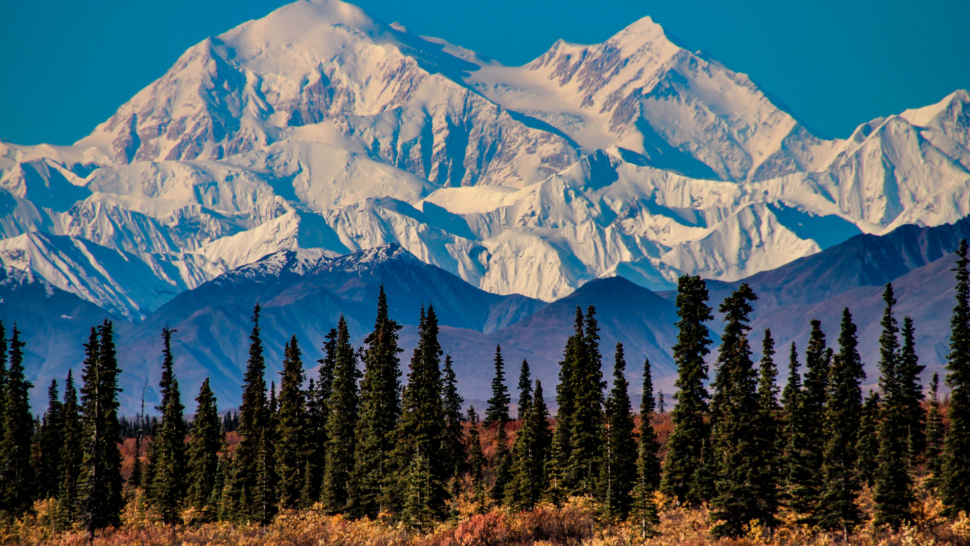
Located in Alaska, Denali National Park is home to Mount Denali, the highest and coldest peak in North America. The 20,308-foot peak spanning over 6 million acres is known for its harsh weather conditions, including extreme cold and blizzards, which have resulted in the deaths of more than a hundred climbers over many years.
Since most summit expeditions take several weeks, climbers endure the brutal conditions for extended periods. Only 52% of those attempting to reach the summit actually succeed, while the rest are forced to turn back due to adverse weather or other dangers. The higher elevations of Denali (formerly Mount McKinley) are considered the most dangerous, particularly for climbers attempting to reach the summit.
Great Smoky Mountains National Park
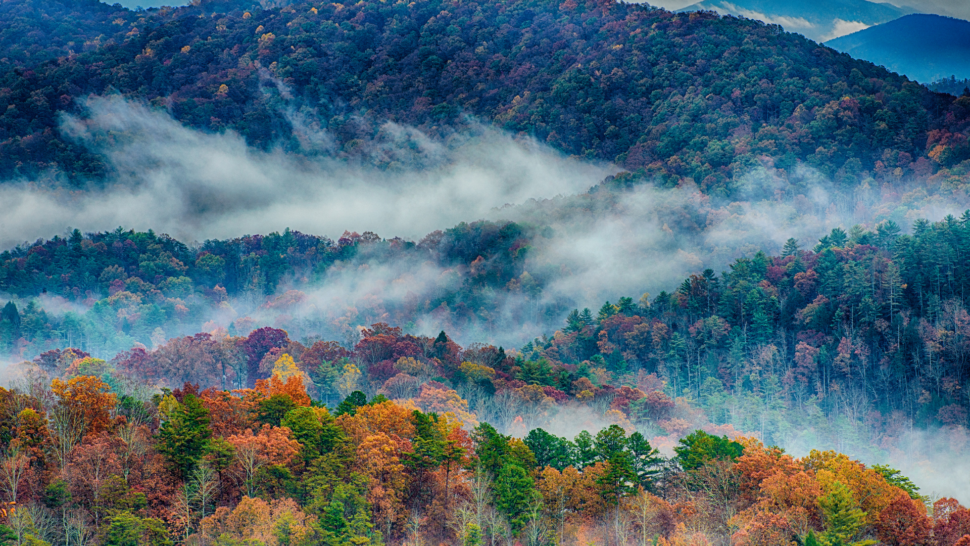
The Great Smoky Mountains cross over 500,000 acres of North Carolina and Tennessee and holds the title of being the most frequented national park in the United States. Surprisingly, it is also the location with the third-highest number of fatalities. The leading cause of death in this area is not from falls, drowning or wild animal encounters but rather from motor vehicle accidents, with a total of 37 over the past decade.
Despite being the most visited national park in the U.S., the Great Smoky Mountains can be deceivingly hazardous. Dense forests, unpredictable weather changes and rugged terrain contribute to hikers getting lost or sustaining injuries in this stunning yet risky environment. Flash floods and hypothermia are the most significant risk when in the backcountry. It’s also very common to cross paths with one of the 1,500 black bears that hang out here. Approximately two per square mile!
FAQs About the Most Dangerous National Parks
What should I do if I encounter wildlife while visiting the most dangerous national parks?
Remain calm! Maintain a safe distance, and do not approach or feed the animals. Of course, enjoy them afar with binoculars or a camera with a zoom lens.
How can I prevent getting lost?
Stay on the designated trails, carry a map and compass, and keep your group close. Don’t try to hike alone or at night.
Are there any specific precautions for visiting the most dangerous national parks with geothermal features?
When visiting parks with geothermal features, such as Yellowstone, stay on boardwalks and designated paths to avoid unstable ground. Do not touch or enter hot springs, as they can cause severe burns.
What should I do in case of an emergency in a remote park?
In case of an emergency, try to reach a safe location and contact park rangers or emergency services if possible. Carry a whistle, mirror or other signaling devices to attract attention.
